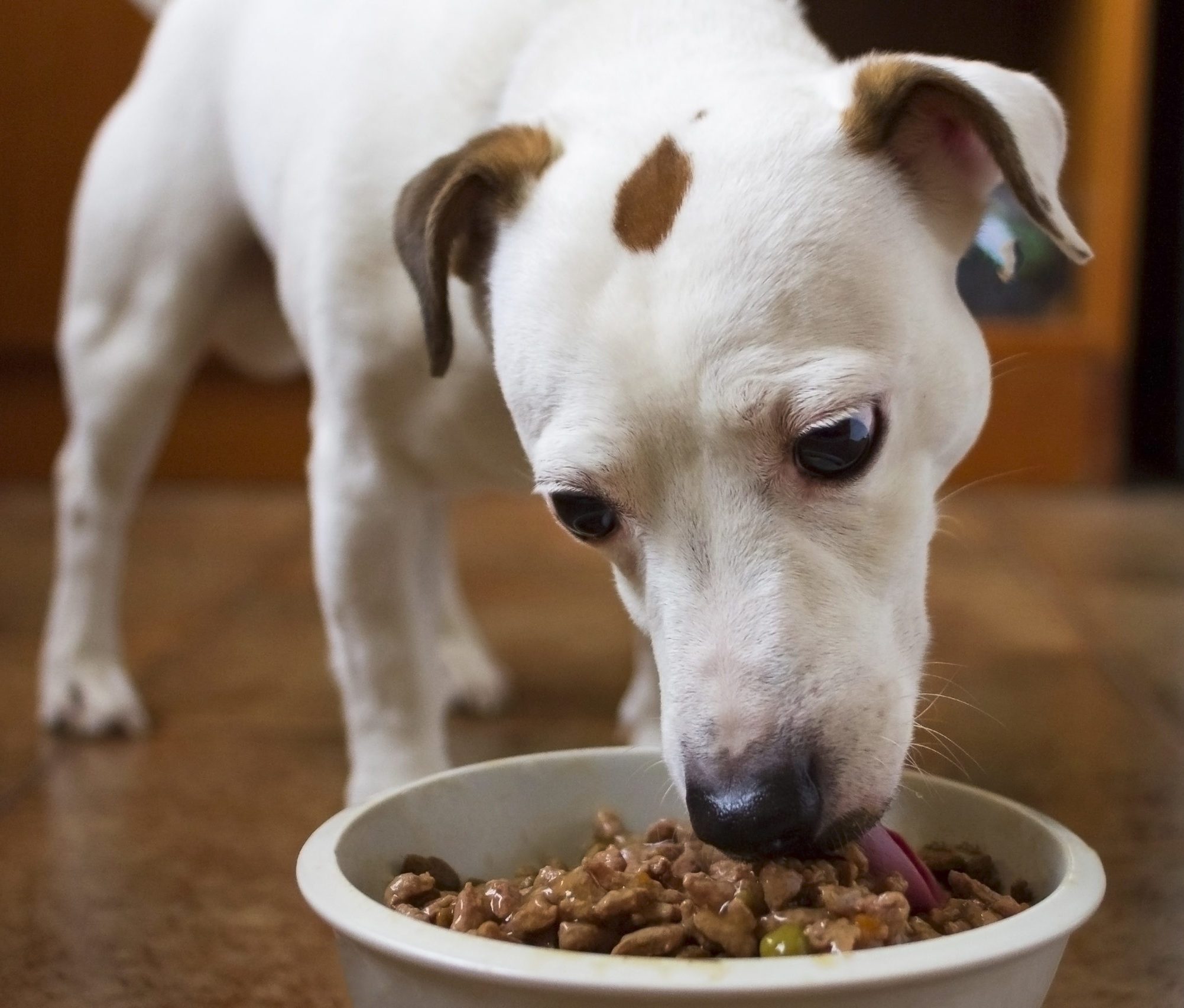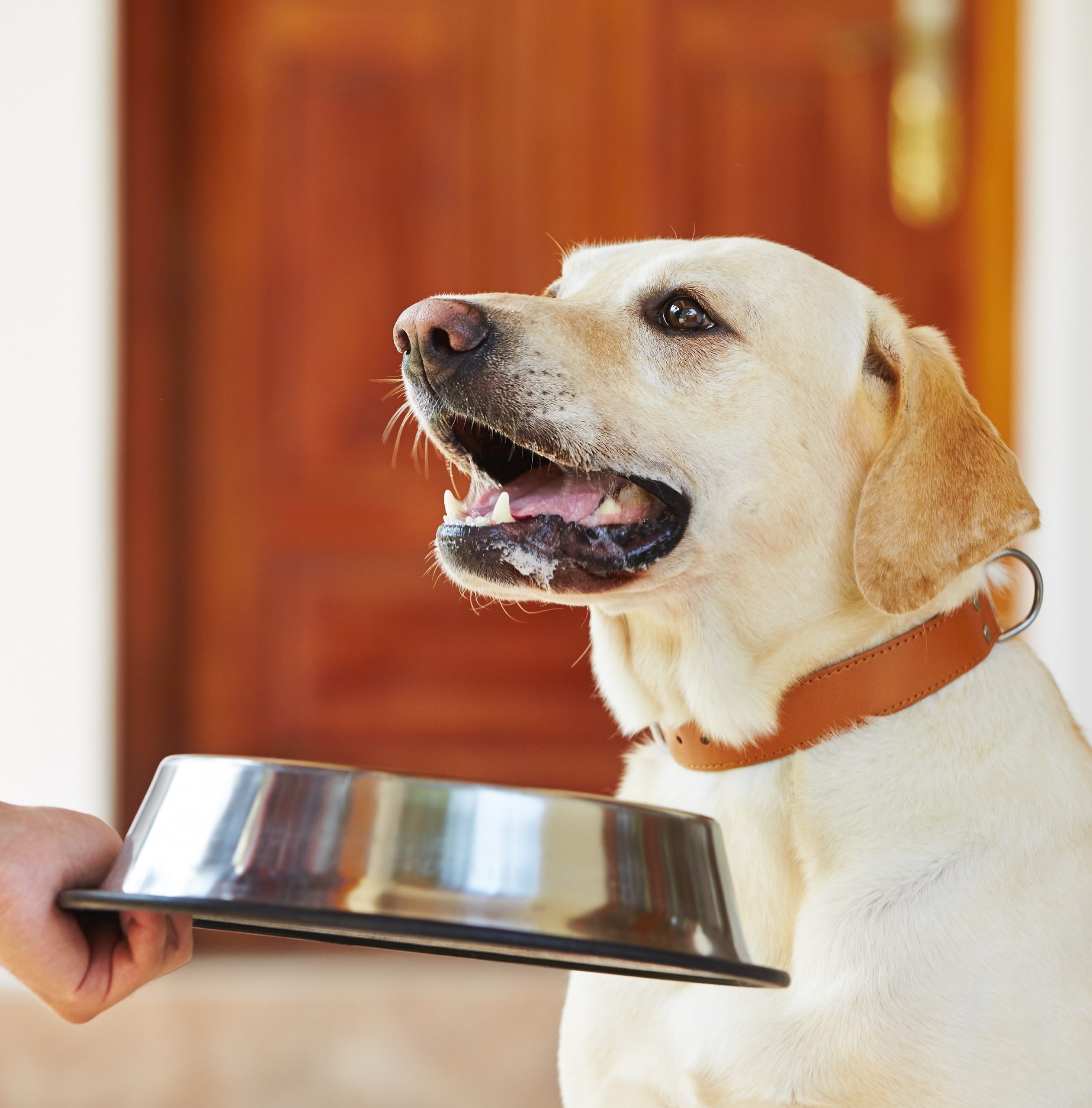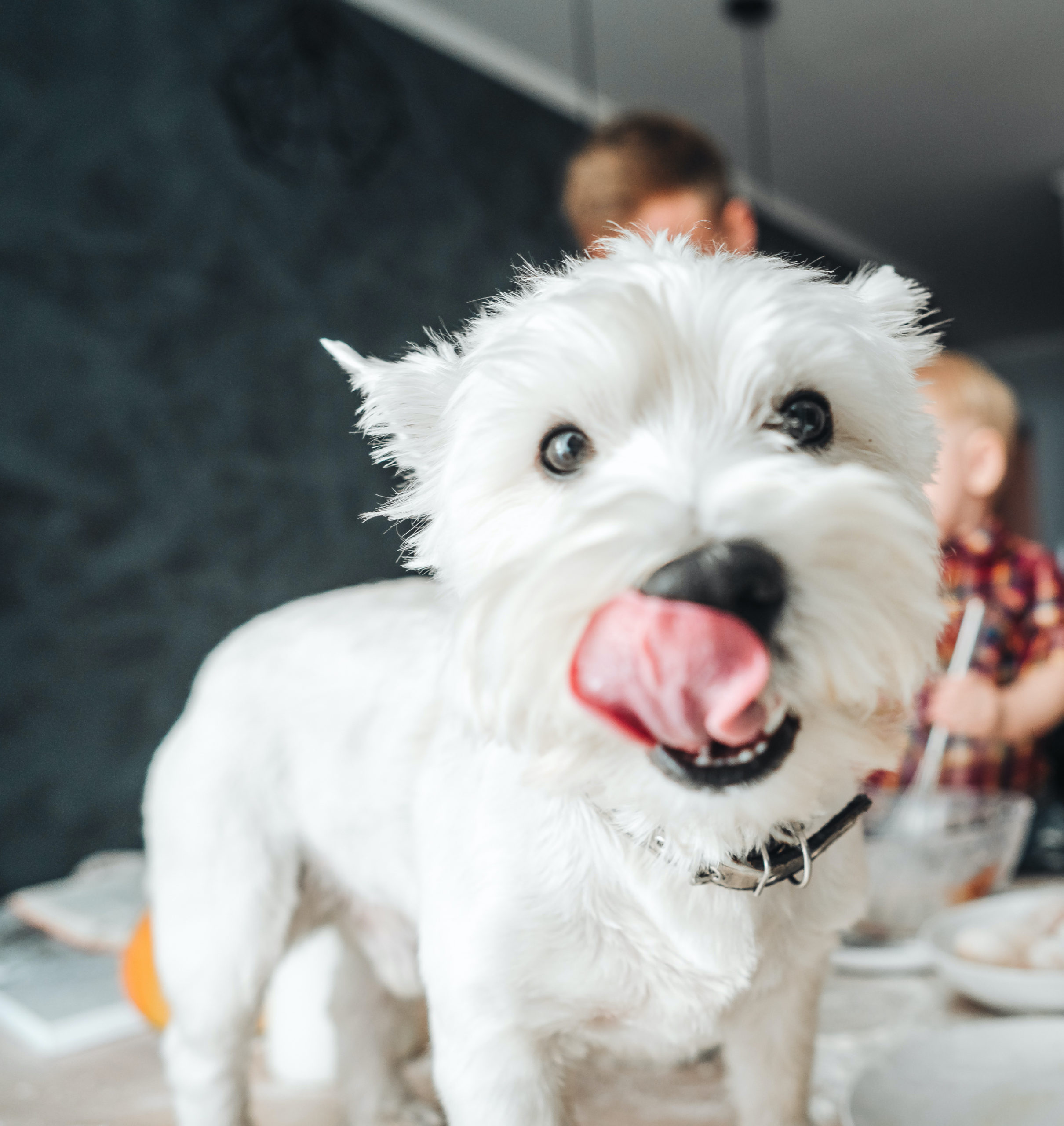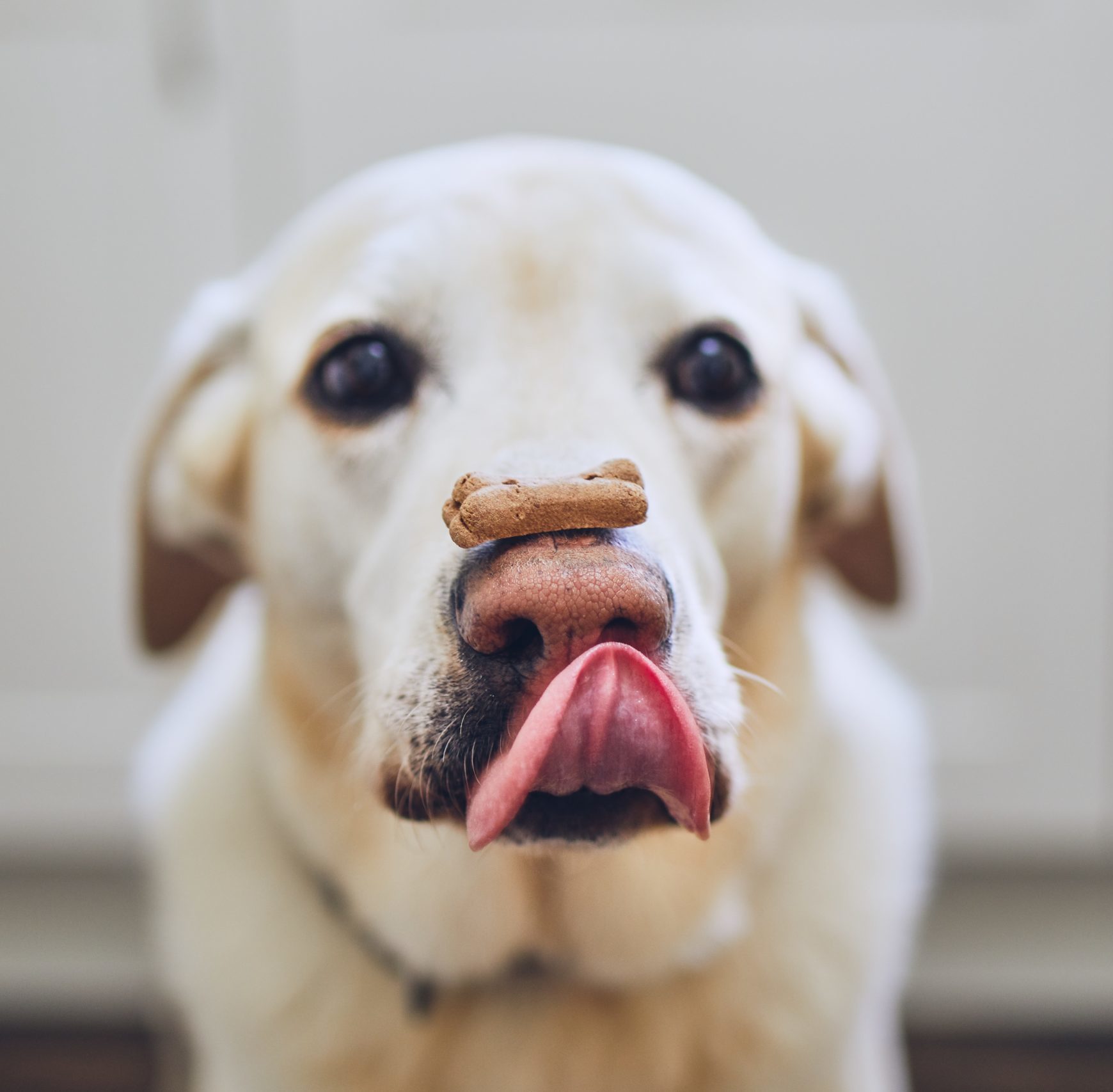Written by Halo Pets' Vet Consultant, Dr. Sarah Dodd
Congratulations on your new family member, whether you are fostering or are a forever family! There is an ever-growing number of dogs in need of homes, so by fostering or adopting you are quite literally saving a life – again, congratulations!
The first time you welcome a furry family member, it can be a daunting experience. Your new companion walks through the door and looks at you, like they expect you to have all the answers. What do you do? Each dog is a unique individual, with previous life experiences that influence their behaviour as well. Take some time to gently let them open up and gain confidence in their new environment.
Of course, a great way to start building that relationship and teaching your new dog that their new home is really a great gig, is by providing them with the resources they normally seek out. There are basic necessities in life we all want and need, including shelter, safety, companionship, and — you guessed it – food. Let’s dig into that last one and explore what foods we can give to dogs.

First, please allow me to introduce the concept of a complete and balanced diet. This concept is about providing all of the nutrients that a dog’s body needs in order to meet their requirements for either growth and development (if they are a puppy) or healthy maintenance (if they are an adult). There are two ways to go about ensuring that a dog’s requirements are met every day:


Of course, in addition to the main diet, many pet parents love to give treats, snacks, and scraps for a variety of reasons including training rewards, boredom busters, and to bump up that human-animal bond. However, there are a few considerations to keep in mind when we’re looking at offering “people food” to dogs.
Firstly, to avoid unbalancing their diet, make sure no more than 10% of your dog’s daily caloric intake comes from snacks/treats/scraps. There’s a handy chart below that shows for a given size of adult dog, what an average appropriate daily caloric intake would be and how many calories can come from treats and snacks. Bear in mind that everything your dog eats, including treats, must be accounted for as part of their daily calories and adjusted appropriately.
How Much Your Dog Should Eat Based on Their Weight

Every dog is a unique individual; these values represent suggestions based on average populations, meaning some dogs may need more and some less to maintain ideal weight.
Here’s an example. Imagine a typical 45lb adult dog, getting walked a couple of times a day. Their energy requirement would be about 920 kcal. You look on the bag of food and it says there are 460kcal per cup, so that dog could be fed 2 cups of kibble (920 kcal) per day. Say you have some treats that are 15kcal per cookie (as you saw labelled on the box). The maximum number of treats that dog could have per day is 6 – and you would reduce their kibble by 90kcal (i.e. instead of feeding 2 cups, you would feed 1 4/5 cups plus 6 treats).







